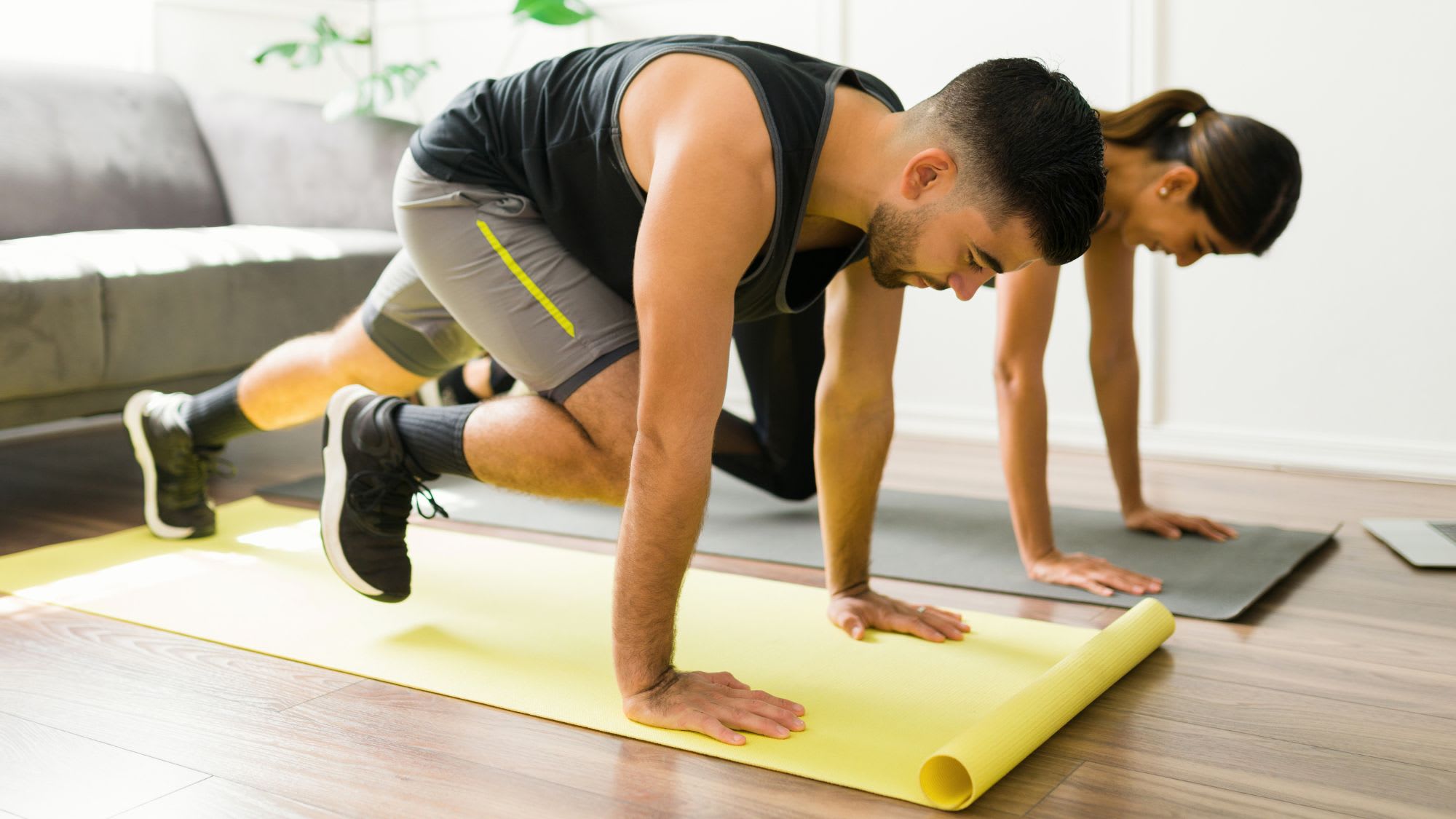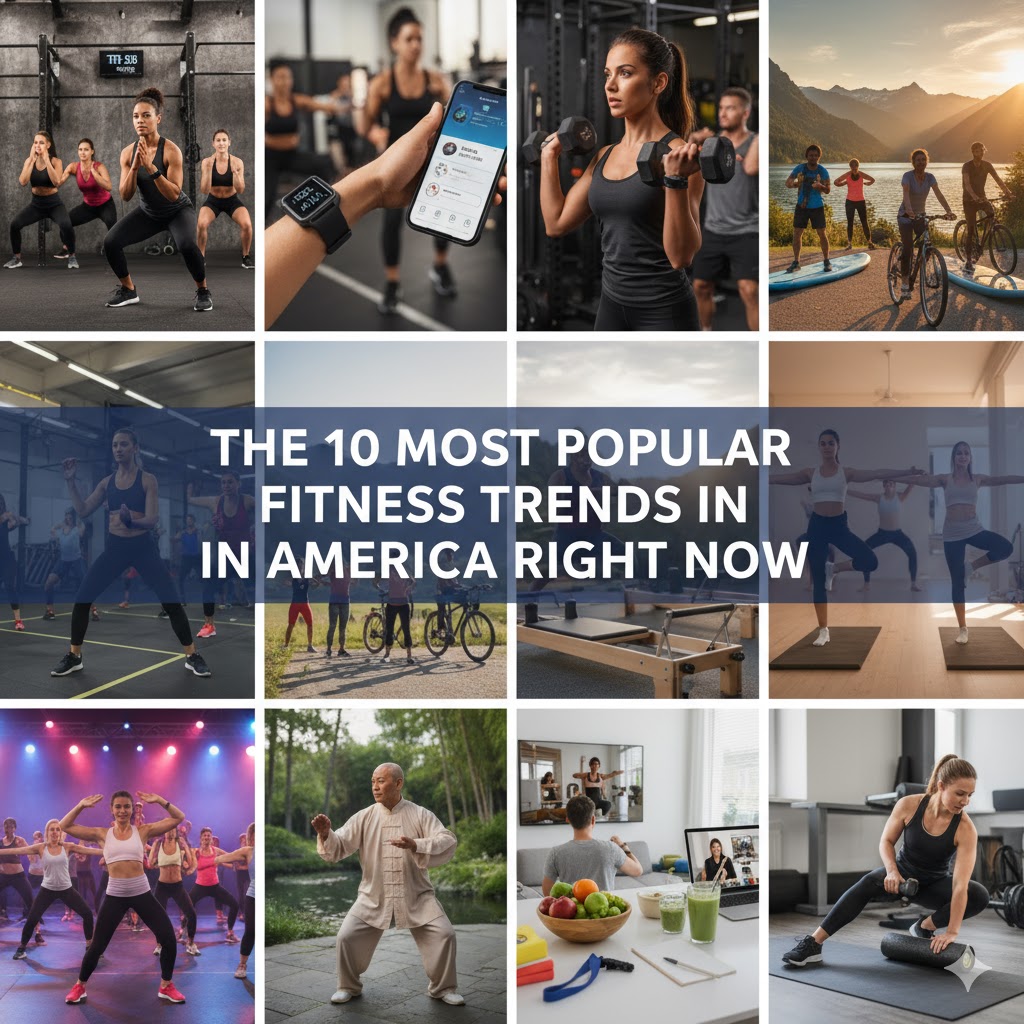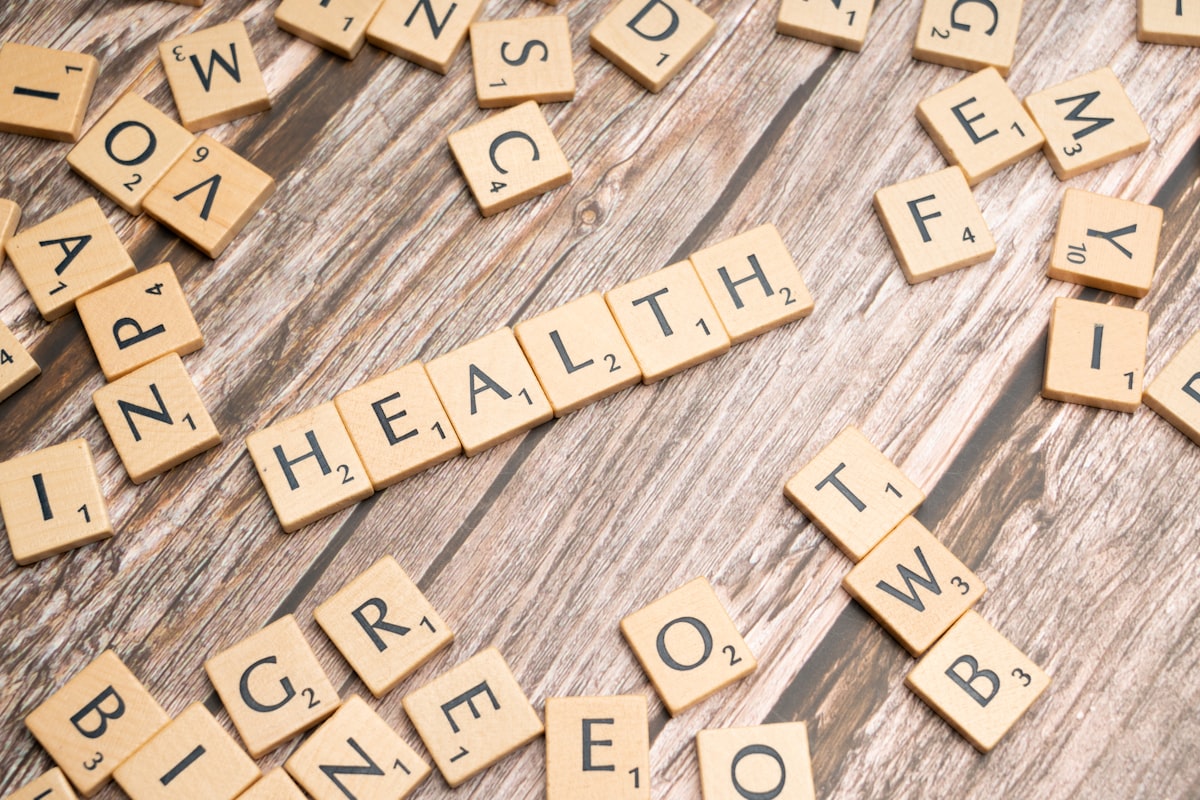Starting a fitness journey can feel intimidating, especially if you’re new to exercise. But the truth is, the best workouts for beginners don’t require expensive gym memberships or complicated routines. With the right guidance, you can build strength, improve endurance, and boost overall health while developing confidence in your abilities.
In this comprehensive guide, we’ll explore the most effective beginner-friendly workouts, offer actionable tips, and provide expert-backed insights into how physical activity benefits both the body and the mind. Whether you’re aiming to lose weight, increase energy, or simply live healthier, this article will help you take the first step toward sustainable fitness.
Why Starting Small Matters
Many beginners make the mistake of jumping into advanced routines, which often leads to burnout or injury. According to research from Harvard University’s School of Public Health, starting with manageable workouts improves adherence and reduces the risk of overtraining. In fact, people who begin with light-to-moderate physical activity are more likely to maintain long-term fitness habits compared to those who overexert themselves at the start.
Benefits of Workouts for Beginners
Engaging in regular beginner-friendly workouts provides numerous advantages:
- Improved cardiovascular health – lowers risk of heart disease.
- Weight management – helps burn calories without overwhelming the body.
- Mental health boost – exercise reduces anxiety and depression (proven by studies at Stanford University).
- Increased energy levels – consistent exercise enhances daily performance.
- Better sleep quality – physical activity regulates circadian rhythms.
- Foundation for future fitness – builds confidence and physical strength for advanced routines.
How to Choose the Best Beginner Workout
When selecting workouts, beginners should consider:
- Accessibility – Can it be done at home or outdoors without special equipment?
- Low risk of injury – Simple movements that avoid strain.
- Enjoyment factor – You’re more likely to stay consistent if you enjoy it.
- Scalability – The workout should allow gradual progression.
The 12 Best Workouts for Beginners in the U.S.
Here’s a list of beginner-friendly workouts that are effective, safe, and widely practiced in the U.S.:
1. Walking
- Easiest way to get started with fitness.
- Burns calories, improves heart health, and reduces stress.
- Recommended: 30 minutes daily.
2. Bodyweight Exercises
- Includes squats, push-ups, lunges, and planks.
- No equipment needed.
- Builds strength and stability.
3. Yoga
- Improves flexibility, balance, and mental clarity.
- Affordable classes available nationwide or through free YouTube sessions.
- Great for stress relief.
4. Swimming
- Low-impact exercise ideal for beginners with joint issues.
- Full-body workout that boosts endurance.
- Widely accessible in community pools.
5. Cycling
- Excellent cardio workout.
- Can be done outdoors or on stationary bikes.
- Helps with weight loss and leg strength.
6. Strength Training with Resistance Bands
- Beginner-friendly alternative to heavy weights.
- Builds muscle and enhances mobility.
- Portable and affordable equipment.
7. Pilates
- Focuses on core strength and posture.
- Popular among beginners for injury prevention.
- Classes available in most U.S. cities.
8. Dance Workouts (Zumba, Hip-Hop, Aerobics)
- Fun and engaging way to burn calories.
- Enhances coordination and cardiovascular health.
- Widely available at gyms and community centers.
9. HIIT (Low-Intensity Variations)
- Short bursts of exercise followed by rest.
- Beginner modifications: bodyweight squats, marching in place, knee push-ups.
- Efficient calorie-burning workout.
10. Rowing
- Works both upper and lower body.
- Available at gyms or through rowing machines at home.
- Low-impact but highly effective for cardio.
11. Tai Chi
- Gentle martial arts practice focusing on balance and relaxation.
- Often called “meditation in motion.”
- Proven to reduce stress and improve mobility.
12. Hiking
- Combines exercise with nature.
- Beginner-friendly trails available across the U.S.
- Boosts both physical and mental health.
Sample Weekly Workout Plan for Beginners
| Day | Workout Type | Duration | Intensity |
|---|---|---|---|
| Monday | Walking + Light Stretching | 30 min | Low |
| Tuesday | Bodyweight Exercises | 25 min | Moderate |
| Wednesday | Yoga or Pilates | 30 min | Low |
| Thursday | Cycling or Swimming | 30 min | Moderate |
| Friday | Strength Training (Resistance) | 25 min | Moderate |
| Saturday | Dance/Zumba or Hiking | 40 min | Moderate |
| Sunday | Rest or Gentle Stretching | 15 min | Low |
Tips for Beginners Starting Their Fitness Journey
- Set realistic goals – Aim for progress, not perfection.
- Start slow – Begin with 15–20 minutes and gradually increase duration.
- Warm-up and cool down – Prevents injuries and aids recovery.
- Stay hydrated – Dehydration impacts energy levels.
- Listen to your body – Rest if you feel pain or fatigue.
- Track your progress – Use apps or journals to stay motivated.
- Find accountability – A workout buddy or community group keeps you consistent.
Scientific Insights: Exercise and Brain Health
A study from the University of Illinois at Urbana-Champaign found that beginner-level aerobic exercise significantly improved memory and cognitive performance in adults. The research suggests that even light-to-moderate physical activity stimulates neurogenesis (the growth of new brain cells), making workouts beneficial not just for the body, but also for long-term brain health.
This reinforces the idea that starting small has profound impacts on overall wellness.
Common Mistakes Beginners Should Avoid
- Doing too much too soon – leads to burnout.
- Skipping warm-ups and stretching – increases injury risk.
- Focusing only on cardio – strength training is equally important.
- Comparing progress to others – everyone’s journey is different.
- Ignoring recovery – rest days are crucial for muscle repair.
FAQs About Workouts for Beginners
Q: What is the best workout for absolute beginners?
A: Walking and bodyweight exercises are the easiest and safest starting points.
Q: How long should a beginner workout last?
A: Start with 20–30 minutes, 3–4 times per week, and gradually increase frequency and intensity.
Q: Do beginners need a gym membership?
A: No. Many effective beginner workouts can be done at home with little or no equipment.
Q: How soon will I see results?
A: Beginners typically notice increased energy and improved mood within 2–3 weeks. Physical changes, such as muscle tone and weight loss, may take 6–8 weeks.
Q: Is it safe for beginners to lift weights?
A: Yes, but start with light weights or resistance bands and focus on form. Consulting a trainer for initial guidance is recommended.
Q: Can beginners do HIIT?
A: Yes, but modified HIIT with low-intensity intervals is more suitable for beginners.
Q: What workouts are best for weight loss beginners?
A: Walking, cycling, swimming, and strength training are highly effective for sustainable weight loss.



